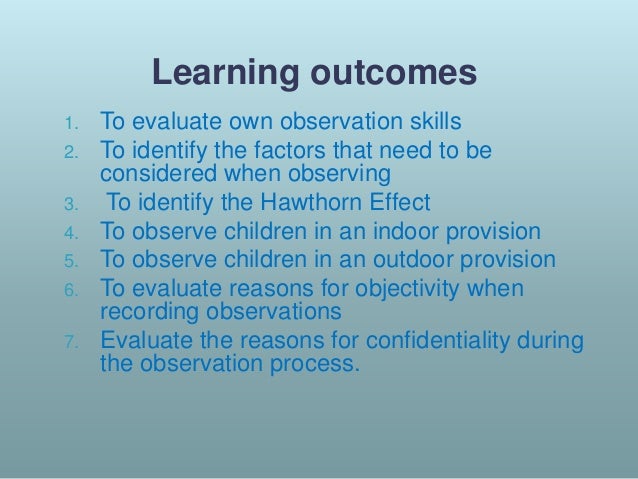

It is a way to obtain objective data by watching a participant and recording it for analysis at a later stage.Īlthough, What is observation with example? For example, normal heart rates vary significantly between a newborn compared to an adult.Observation method is used in cases where you want to avoid an error that can be a result of bias during evaluation and interpretation processes.

Additionally, developmental stage and age can influence how some IPPA techniques are performed and also the determination of normal and abnormal findings. For example, you would not auscultate an eye because it does not emit a sound that would give you relevant data. However, not all techniques are applicable to all systems. When applicable, these IPPA techniques are used to assess body systems (e.g., eyes, ears, heart and neck vessels, lungs and thorax, abdomen, musculoskeletal). Determining technique sequence also comes with experience. You will learn more about modifications to the sequencing of techniques as you learn about specific body systems. For example, with a sleeping infant, you should perform inspection and auscultation while the child is calm and to avoid awakening the client. Client safety and comfort also influence the sequence of objective techniques. For example, when assessing the abdomen, auscultation is generally performed before percussion and palpation. The sequencing of techniques may be rearranged for several reasons, including which system is being assessed and for safety reasons. Typically, palpation, percussion, and then auscultation follow inspection. For example, if you observe someone crouched over in pain, this will inform the sequence of your subsequent assessment techniques. Inspection also allows you to establish a baseline for your assessment. Always perform inspection first because it is the least invasive and does not involve physical touch. These techniques should be performed with methodical and deliberate action. Auscultation involves your sense of hearing while listening to areas of the body with a stethoscope.įigure 1.1: Objective assessment techniques.Percussion involves a combination of touch and hearing, but your focus is on hearing sounds when tapping the areas of the body.Palpation involves your sense of touch to physically feel areas of the body.Inspection involves your visual sense to observe the client.You should also be aware of your sense of smell when conducting any physical assessment, as certain odours can act as a cue for example, a foul odour may indicate an infection. These involve your senses of sight, hearing, and touch (see Figure 1.1). In this chapter, you will focus on four objective assessment techniques: inspection, palpation, percussion, and auscultation. You will need to take initiative, develop confidence in seeking assistance, and never ignore an abnormal finding. Recognizing and acting on assessment findingsĪs a nursing student, you must have timely discussions with your clinical instructor or preceptor to assess the significance of abnormal findings. Therefore, it is important to think critically about the findings you collect during an assessment: Are they normal or abnormal for this specific client? Do they require you to act and/or seek further assistance? Your assessment of cues (both subjective and objective) will help you determine what data warrant further investigation and assessment. Your clinical judgement will guide the prioritization and sequencing of assessment techniques. As a healthcare professional, developing strong clinical judgement is essential to ensuring client safety and maintaining your competency.

#Objective observation how to
A clinical judgement is the outcome of thinking critically about the data, analyzing the cues as a whole, making decisions about the most significant concerns to address, and identifying how to best address these concerns based on the existing evidence (National Council of State Boards of Nursing, 2018). Objective data are analyzed in combination with your subjective assessment to make a clinical judgement. An important part of the nursing process to ensure client safety and effective care is:įailing to recognize or act upon abnormal cues can lead to significant negative consequences for the client. The abnormal findings are cues that signal a potential concern. The purpose of the objective assessment is to identify normal and abnormal findings. Typically, an objective assessment is conducted following the collection of subjective data. Examples of objective assessment include observing a client’s gait, physically feeling a lump on client’s leg, listening to a client’s heart, tapping on the body to elicit sounds, as well as collecting or reviewing laboratory and diagnostic tests such as blood tests, urine tests, X-ray etc. Objective assessment involves the collection of data that you can observe and measure about the client’s state of health.


 0 kommentar(er)
0 kommentar(er)
